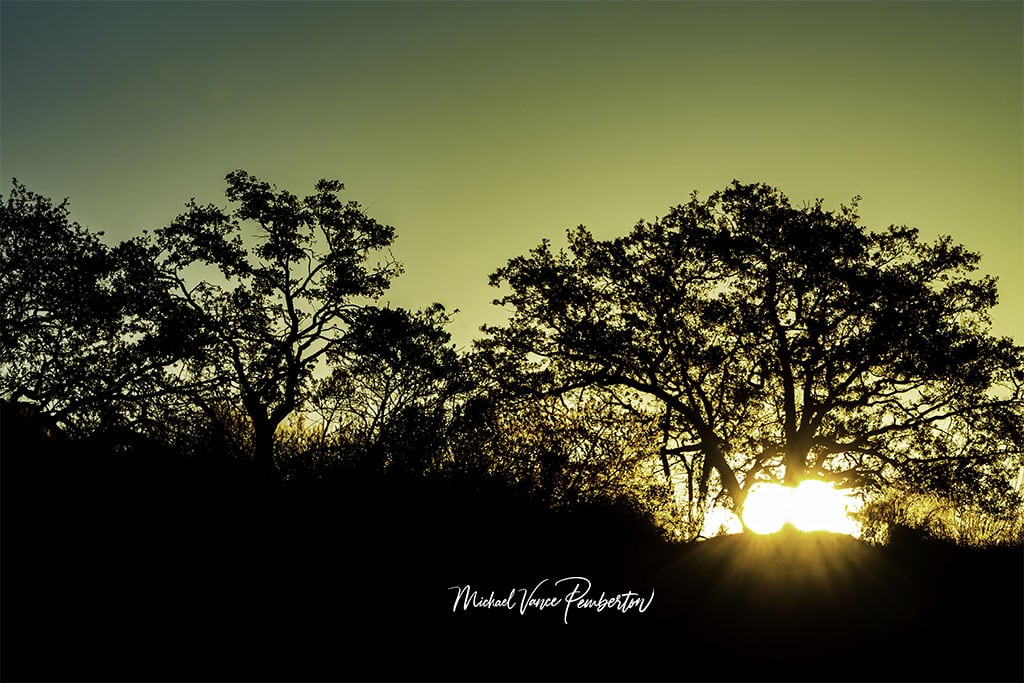
Landscape photography is a genre that invites photographers to showcase the vastness and beauty of the world around us. Mastering the essential camera settings is paramount to effectively capturing landscapes’ grandeur. In this article, we will explore the key settings that can help you elevate your landscape photography and create stunning images that resonate with the beauty of nature.
1. Aperture for Depth of Field:
Setting: Aperture (f-stop)
The aperture setting controls the size of the lens opening, affecting the depth of field in your images. A smaller aperture (higher f-stop number, e.g., f/11 to f/16) is generally preferred for landscape photography. This ensures that a larger portion of the scene, from Foreground to background, is in sharp focus.
Tip: To avoid camera shake, use a tripod to stabilize your camera when using smaller apertures, especially in low-light conditions.
2. Shutter Speed for Sharpness:
Setting: Shutter Speed
While landscapes often involve stationary subjects, a fast shutter speed can still be crucial to maintain sharpness, particularly in windy conditions or when capturing moving water. Aim for a shutter speed that eliminates the risk of motion blur in your scene.
Tip: If the scene lacks movement and ample available light, consider using a more prolonged exposure for smoother water or cloud effects.
3. ISO for Image Quality:
Setting: ISO
For landscape photography, keep your ISO as low as possible (e.g., ISO 100 or 200) to maintain optimal image quality and minimize noise. Low ISO settings are critical when shooting in favorable lighting conditions, such as during the golden hour.
Tip: Use a tripod and longer exposure times instead of raising the ISO in low-light situations to avoid introducing noise.
4. Use of Filters for Light Control:
Setting: Neutral Density (ND) Filters, Graduated Neutral Density (GND) Filters, Polarizing Filters
Filters are essential tools for landscape photographers. ND filters reduce the light entering the lens, allowing for longer exposures and creative effects. GND filters help balance exposure in scenes with a significant contrast between the sky and the Foreground. Polarizing filters reduce glare and enhance colors, particularly in skies and bodies of water.
Tip: Invest in high-quality filters to maintain image clarity and color accuracy.
5. White Balance for Natural Tones:
Setting: White Balance
Set your camera’s white balance according to the lighting conditions to ensure accurate color representation. For landscapes, the “Daylight” or “Auto” white balance settings often work well, but don’t hesitate to experiment based on the unique characteristics of the scene.
Tip: Shoot in RAW format to have more flexibility in adjusting the white balance during post-processing.
6. Focusing on the Foreground:
Setting: Focus Mode and Point
Utilize the autofocus system to ensure the foreground and background elements are sharp. Consider using a smaller aperture and the hyperfocal distance technique to maximize depth of field.
Tip: Switch to manual focus in challenging lighting conditions or for precise focus control.
7. Composition Guidelines:
Setting: Framing and Composition
While not a camera setting in the traditional sense, understanding and applying composition principles is crucial for impactful landscape photography. Consider the rule of thirds, leading lines, and framing to create visually engaging compositions.
Tip: Take your time to explore different angles and perspectives and experiment with various compositional techniques to find what works best for each scene.
Conclusion:
Mastering the essential camera settings for landscape photography is a journey that combines technical knowledge with artistic vision. By carefully adjusting the aperture, shutter speed, ISO, and other settings and incorporating filters and composition principles, you can capture the stunning beauty of landscapes in a way that resonates with viewers. Whether photographing mountains, seascapes, or expansive vistas, the correct camera settings can make all the difference in creating compelling and memorable landscape images.


Recent Posts
In shadows cast by love's deceitful guise,He wandered blind, his heart the captive prize.Through realms unknown, where truth remained concealed,He followed trails of falsehood, unrevealed. Blinded...
Prepare to be amazed as the MCAS Cherry Point Air Show returns on May 11-12. This annual event, hosted by the Marine Corps Air Station (MCAS) Cherry Point in North Carolina, promises a weekend of...